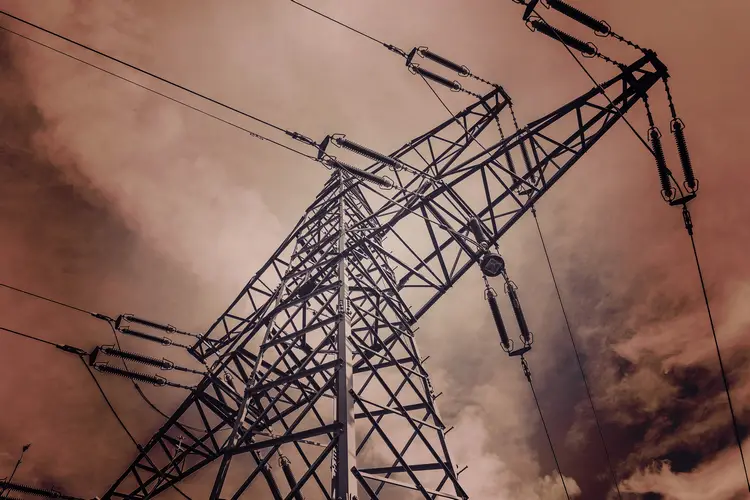
Have you been searching for your perfect next house, only to find it’s right near to power lines. This may worry you and you maybe wondering if you should buy a house near power lines or not.
You should only buy a house near power lines or pylons if you accept how they look and with the still unconfirmed risks associated with electrical magnetic fields and links to cancer. Some studies show links to childhood leukaemia which will put buyers off and some don’t like the look of powerlines.
Put it this way and ask yourself this question: Given the choice of a house near a powerline or an electricity pylon and one that has neither, why would you even consider choosing the house with these nearby?
Is it bad to have a house near power lines?
From the research done to date it would appear there are no strong correlations between power lines near houses and a link to cancer. But there are no definitive answers to confirm one way or another. According to NIEHS there is an association between measured fields and childhood leukaemia, but this association is weak.
The concern is over the electrical magnetic field (EMF) produced by power lines and the affect this has on people living in houses nearby. But according to the U.S. National Institute of Environmental Health Sciences (NEIHS) and after reviewing all the data, they concluded in 1999 that whilst the evidence was weak, there was still sufficient evidence to warrant limited concern.
How far away should your house be from power lines?
For the high voltage power lines on metal towers you should keep a distance of 700-1,000 feet to keep the margin of safety to 0.5 milligauss, which is below the 1.0 milligauss linked to childhood cancer. With the neighbourhood distribution powerlines on wooden poles this can be 10 to 200 feet.
The distance to keep from an electricity transformer on a pole or on the ground is between 10 to 20 feet.
But you should also read the paper linked to below written by thebmj too, as their study included children living within 600 metres (1,969 feet) of high voltage powerlines. I have included their conclusion below.
Is it bad to have a house next to power lines?
If a house is very close to the powerlines on metal towers this looks unsightly, but the science about if it’s bad for you or your child’s health and a risk to cancer is still inconclusive. Many scientists believe that exposure to the low-level EMFs near power lines is safe, but research is ongoing.
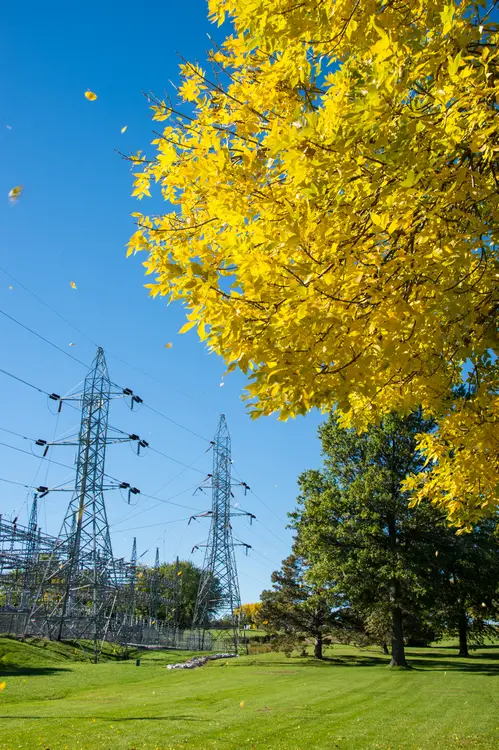
Do power lines reduce property value?
According to Gustan Cho Associates buying a house next to power lines may decrease values as much as 10% to 40%. How much power lines decrease property value is affected by their proximity to the property, a homebuyers affinity to living near powerlines and whether buyers believe there is a risk of cancer.
The reason why there is a reduction in the value of a property near to powerlines is because there is a reduced market, as there are less buyers who would buy this type of property.
Do your research before you buy a property near powerlines or electricity pylons, but don’t rely on what an estate agent tells you.
Always keep in mind that an estate agent is only interested in making their commission on the sale. It’s sad to say that often times estate agents will tell you anything to get the property sold.
Let me explain this by way of a classic example:
My wife and I were looking to buy a property for ourselves to live in. We found a beautiful barn conversion, which also included three extra cottages that were let as holiday cottages. The house backed onto farm fields and was in a lovely location.
The estate agent misled us on three counts, as follows:
- We wanted to make sure if any planning applications had been made for anything to be built on the surrounding land, and my wife asked the estate agent whether planning permission had been agreed on any of the land around the property. The estate agent told us there was no way houses could be built, as the land is green belt land. When we checked, planning had been granted for over 400 house to be built directly behind the property.
- The estate agent told us the three cottages could be let to insurances companies at a premium for three months or more at a time for people who had to leave their own home due to floods or fires, as there was a great market for this. But when my wife checked into this, it was confirmed these cottages had a covenant preventing them to be let for more than 28 days.
- The property had a separate barn on the land, which the estate agent told us could be easily converted into a house with a swimming pool and that planning permission would be easy to get. When we checked this, it became apparent the current owners had already applied for planning permission to convert this barn to a house and planning permission had been refused.
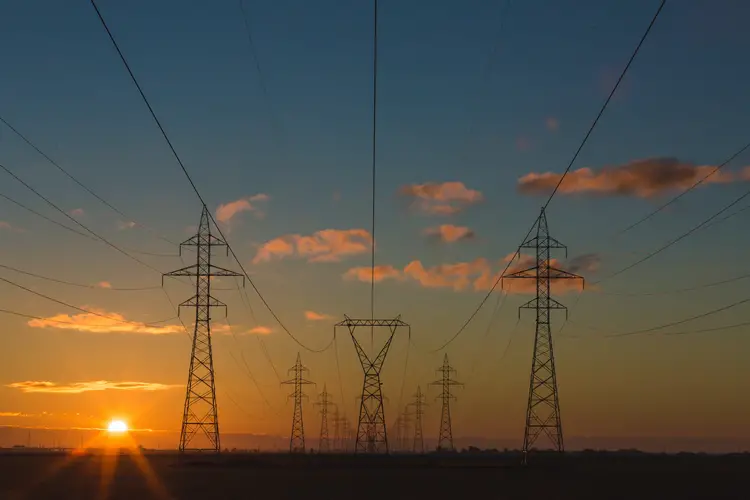
Can you get a mortgage on a house near powerlines?
You can get a mortgage on a property near to powerlines, but there are a few mortgage lenders who may refuse mortgages where electricity supply equipment like powerlines is close to the property. If the property you want to buy has powerlines nearby, check the lender’s policy before you proceed.
One factor that may affect whether or not a mortgage lender will lend on a property with powerlines nearby is how close these are to the property.
You will be able to confirm this by checking their lending policy relating to powerline distance from a property.
But I always recommend you use a mortgage broker to arrange your mortgage, and let your mortgage broker know the property you’re interested in buying has powerlines nearby.
What are the risks of living near powerlines?
- There is some evidence of a possible risk of childhood leukaemia.
- There is a risk that your children will play near these powerlines and try to climb them.
- The risk of your house not selling quickly, as there are less buyers interested in properties near powerlines.
If you are worried about the risks of living near power lines, you should read the paper by thebmj about childhood cancer in relation to distance from high voltage power lines in England and Wales: a case-control study. See the conclusion below and a link to the paper.
The conclusion in this paper is as follows:
“There is an association between childhood leukaemia and proximity of home address at birth to high voltage power lines, and the apparent risk extends to a greater distance than would have been expected from previous studies. About 4% of children in England and Wales live within 600 m of high voltage lines at birth. If the association is causal, about 1% of childhood leukaemia in England and Wales would be attributable to these lines, though this estimate has considerable statistical uncertainty. There is no accepted biological mechanism to explain the epidemiological results; indeed, the relation may be due to chance or confounding.”
My emphasis added at the beginning of this conclusion.
thebmj
Is it dangerous to have powerlines near the house?
It’s difficult to conclude that it is dangerous to live near powerlines, as the risks associated with living near them is inconclusive. But if you buy a house near powerlines and you have children, or intend to have children, perhaps you should make sure the distance the property is from powerlines is at least 2,000 feet (600 metres).
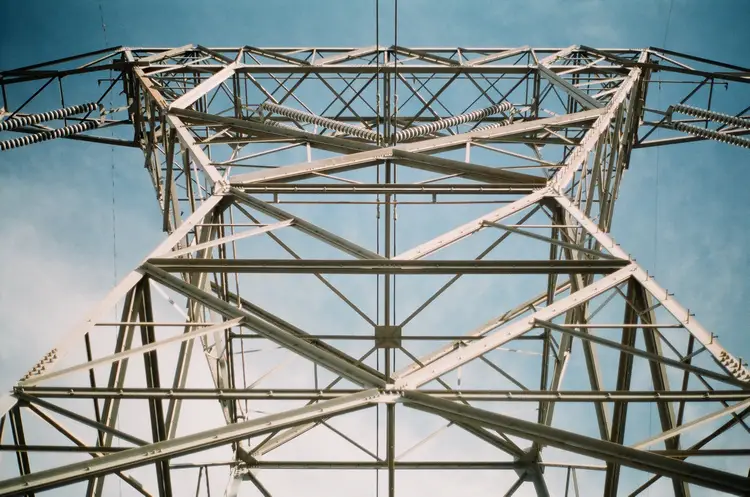
What are the pros and cons of living near powerlines?
As with any property location, there are pros and cons to consider, but what are the pros and cons of buying a house near powerlines?
The Pros of buying a house near powerlines:
- Cheaper and more affordable to buy.
- You can have the EMF levels tested.
- There are strict laws that govern the distance from a house to powerlines.
The Cons of buying a house near powerlines:
- It may take longer to sell a property near powerlines.
- Properties near powerlines sell for less.
- There are less mortgage companies that will lend on properties near powerlines.
- There is still an unconfirmed risk of a link to cancer.
- The risk your children will play on the pylons or powerlines.
How close is too close to power lines
It can be argued in general that it is too close to power lines if you live with 600 metres (2,000 feet) from high-voltage overhead transmission lines. But in the case of lower voltage powerlines on wooden poles near your properties, this distance can be shorter and can be 3-60 metres (10-200 feet).
“In July 2007 a Cross-Party Inquiry set up to examine in detail the association between High Voltage Overhead Transmission Lines (HVOTL) and an increased risk of childhood leukaemia published its recommendations to Government. Top of their recommendations was a moratorium on the building of new homes and schools within at least 60 metres of existing High Voltage Overhead Transmission Lines and on the building of new HVOTL within 60 metres of existing homes and schools.“
Power Watch – Buying an ‘EMF safe’ Property
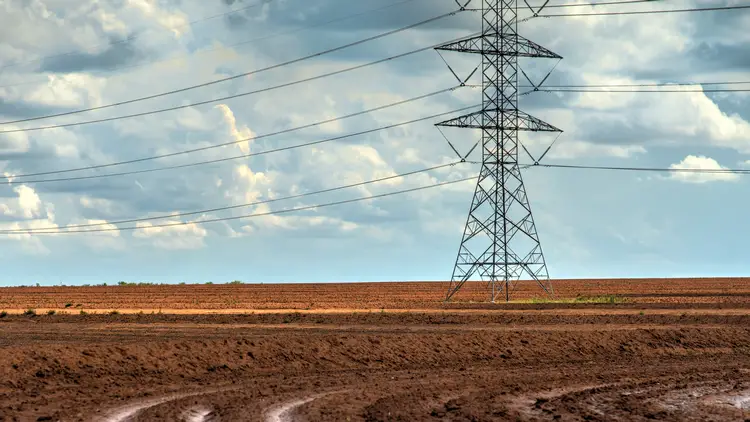
Should you buy a house near an electricity pylon?
Founded or unfounded it would appear that most people would stay clear of buying a house near an electricity pylon due to health concerns and with issues relating to selling the house in the future. Don’t necessarily let it put you off buying the house, but make sure your offer is considerably less than equivalent properties without a pylon nearby.
But be aware that when you come to sell, a house near an electricity pylon may take longer than average to sell. Also consider the risk of cancer to children under the age of 16 when living near a pylon.
Even though the research is not conclusive, it might be enough to put you off buying a house near a pylon if you have children. But this in itself is another reason why houses near pylons or powerlines sell for less, as buyers with children under the age of 16 are less like to buy this type of house.
Put it this way and ask yourself this question: Given the choice of a house near a pylon and one not, why would you even consider choosing the one next to one?
Final thoughts on buying a house near powerlines
Think about this problem in this way, if you are asking this question yourself, the same question will be asked by other buyers too. When you become a homeowner of a house near to powerlines or pylons, any potential buyers will be asking this same question after they’ve viewed the property.
But then ask this question too: Given the choice of a house near a pylon or powerlines and one not, why would you even consider the one next to either of these?
Before you buy a house near powerlines or pylons you should always consider resale value. Selling a house with powerlines or pylons nearby may take longer to sell and you may take a hit on value of around 20% on average.
If you are okay living in a property near power lines and you are not worried about the unconfirmed health risks, go ahead and buy. But make sure you take the powerlines or pylons into account when making your offer.
Compare prices of similar properties that are not near powerlines and pylons and make sure your offer is less than these houses. That way you protect the downside when you come to sell this house in the future.
Also consider what could happen in the future if the science discovers there is a health risk or a link to cancer with living near to powerlines. This will have even more of an impact on the value of homes near powerlines. It may also result in less lenders agreeing to lend on this type of property too, which may make it difficult or impossible to sell at all in the future.
You can also make contact with the utility company in charge of the powerlines. Speak to a representative at the utility company about an on-site EMF reading, as this may affect your decision.
Other important reading
When it comes to negotiating on price, you may like to read about how to make an offer on a house below asking price. When you read this article, keep in mind point 8, which means you may also like to read these further articles noted below.
Please also take a read of this article “are you better selling your house and renting before buying again“. You should consider the 15 advantages I list in this article, one of which is there’s less chance of being gazumped. There is also a link to this article on the page, which explains how you could save £71,475 on your next house purchase by being a cash buyer. I recommend you take a read of this too.
But then you may also be interest to take a look at my course about “How to sell your house in under 2 weeks for more money“. Not only does this course help you sell your house quickly for more money, but you also get the Mortgage Savings Calculator Tool too. With this tool you can calculate your savings when you adopt this strategy of selling and buying houses, a tool you’ll not find anywhere else.
You may also like to discover if it’s okay to buy a house near a bad estate too.
I hope you’ve enjoyed this article about should you buy a house near power lines
If you’ve enjoyed this article about should you buy a house near power lines please share it on your favourite social media site.
Also, if you have any questions, please feel free to comment below too. Alternatively, if you need more help, please feel free to contact us on our contact us page here. Or join the discussion and ask your question in the property forum.




